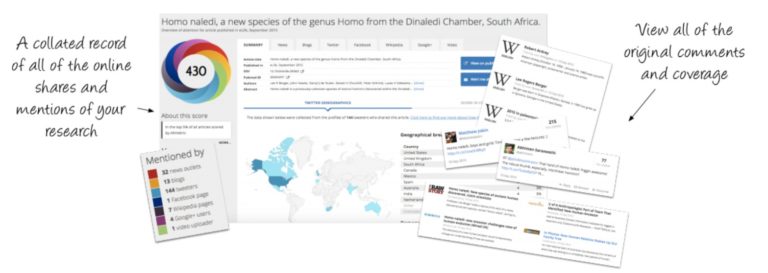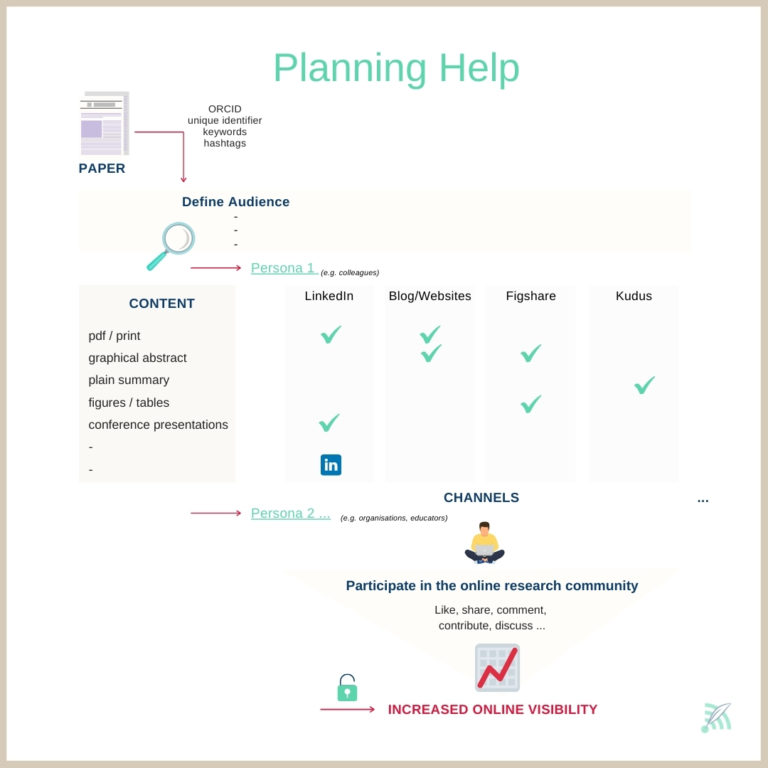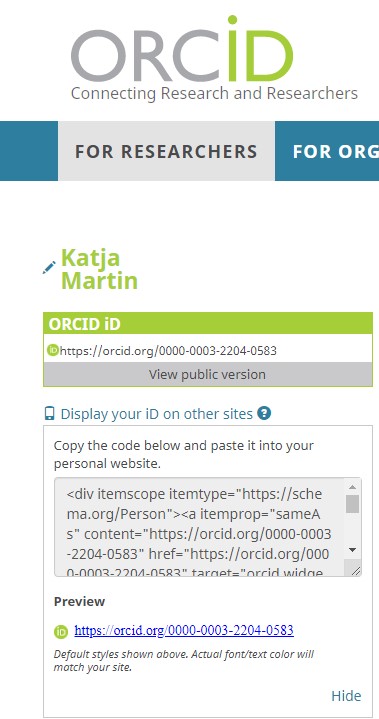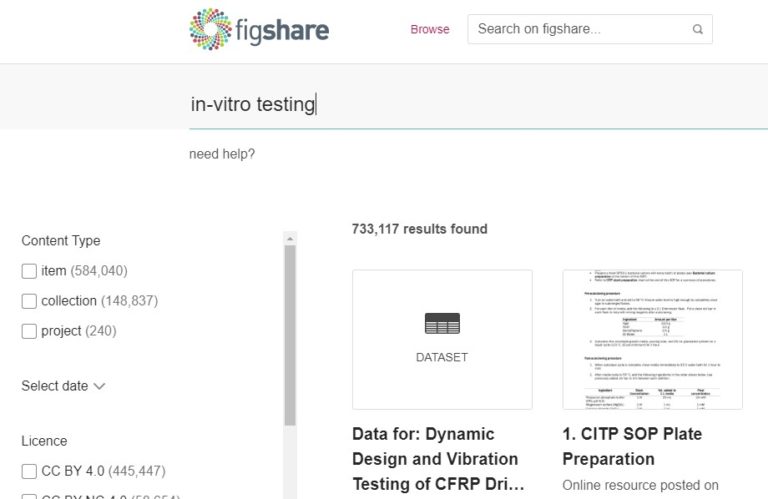Promoting your research online is crucial, especially if you need to demonstrate and provide proof of the impact of your work in your field. Possible examples are when applying for new funding or striving for a promotion or tenure. But how to best approach this task when time is scarce? Here are some tips that will pay off quickly and help you get started.
How to best approach promoting your research
1) Audience research
Start with thinking about which researchers and other audiences (e.g., institutions, organizations, funders) will be interested in reading about your work. Map out the different disciplines they might work in. Who are they? What are they interested in? Where and how do they search online to find what they are looking for? Use this information to help you decide how and where to promote your work. Is Twitter going to reach your audience more effectively or are you more likely to find them on LinkedIn?
Use the right tools
Next, explore the channels other researchers in your field have used to get their work noticed. A clever way is to use the Altmetric Bookmarklet, a browser add-on that lets you see altimetric data complementary to traditional, citation-based metrics. Those data can include citations on Wikipedia or in public policy documents, mentions and discussions on research blogs, bookmarks on reference managers like Mendeley, and mentions on social media networks such as LinkedIn and Twitter.
Screenshot from https://www.altmetric.com/audience/researchers/
2) Map out your strategy
With all the information gathered, you can draft a simple promotion strategy by using the following sheet:
Keep in mind that promoting your research can be time-consuming. Some social media channels require a lot more attention than others. Therefore, work out how much time you have to spare.
3) Get an ORCID Account
If you have not already done so—register for a free ORCID iD, your digital name. Its unique identifier will label your research work as yours. It is not only useful for manuscript and grant submissions, but many publishers already require ORCID iD’s in the publishing process for their journal as well. It also helps enhance your online discoverability and hence helps you reach your audience.
4) Disseminate detailed data and findings
Publishing an article is just a peak view of your work. It doesn’t tell the full story of your research. There are plenty of possibilities to share assets like images, charts, or data sets associated with your research through a digital repository (institutional or disciplinary). Many universities host such searchable online content archives. An example of a disciplinary repository is arXiv.org (Cornell University), found at http://arxiv.org/. It provides open access to thousands of e-prints in Physics, Mathematics, Computer Science, Quantitative Biology, Quantitative Finance, and Statistics. Another example is Figshare. This is an online open-access repository from Digital Science, where researchers can preserve and share their research outputs, including figures, datasets, images, and videos. It is free to upload content and free to access, in adherence to the principle of open data. Putting some of your work on Figshare is an excellent way to present your true expertise to the research community.
5) Post on social media
Use your social media accounts (and/or your department’s) to regularly post work updates, new research such as publications in your field, or news from conferences that might interest your audience. Get social by joining industry conversations. As said before, plan ahead and use your time wisely,
Using Twitter effectively means that you will need to tweet several times a day. Tweet topics should promote and discuss your work but also include topics your followers are interested in. Share insights that interest you and tag the authors. Reply to other users’ polls and questions. Engage.
If you are very busy, LinkedIn may be a better option. It allows you to write short articles and share updates on your research. You’ll find industry news that is easily shared or you can actively engage in conversations.
It is important to be “present” after a post. Be prepared to answer questions and comments respectfully and on time for full impact.
6) Use Hashtags
Don’t forget to use hashtags with your postings. Think of them as a way to connect your research content to a specific topic, event, or conversation, a way to contextualize what you are talking about. Hashtags make it more likely that people will find your posts in the middle of an ever-growing content jungle. If you are not sure which ones are best, use tools like Hashtagify or RiteTag to identify popular hashtags.
7) Link out from your email signature
It might seem evident, but it is not always done—adding a link to your research in your email signature is a must! It could be a link to your LinkedIn or even Researchgate profile. By doing this, you are providing your contacts easy access to your latest research.
8) Promote via your Institution
Contact the responsible person at your organization or institution to help you promote your work. Send regular updates, like newly accepted publications or updates on recent developments. Consider providing some key points of your research findings and why they matter. That helps to disseminate your research to a broader audience more effectively, e.g., via higher-profile websites or newsletters. It will increase your reach and readership and might give it the extra push you are looking for.
9) Think wider audience
Consider writing a plain English summary of your work with a wider audience in mind. It will facilitate access and understanding in your field of expertise and generate interest. You can use this summary to contribute to related topics in online discussion groups or forums. Another possibility to create awareness is to prepare compelling visuals or graphical abstracts illustrating the main points of your research. They are great content assets and easily posted on your online profiles. Or, if you find the time, why not prepare a short video (as video creates most engagement) and sharing it via websites such as Wesharescience.com. There are plenty of possibilities to increase your reach by conveying your message in easy to digest, simplified formats.
10) Consider open access options
Having your work freely available to read means that your research will be seen by more people, simply because it is accessible free of charge. Indeed, one study showed that full-text downloads of open access papers were 89% higher, PDF downloads were 42% higher, and unique visitors were 23% higher than those for subscription-access articles.
Many are still hesitant when it comes to the decision to choose between open access (OA) and traditional journals and lean more toward traditional journals that they know and trust. However, OA journals, despite the higher cost of article processing, are a good option, especially in biological and clinical sciences. Why? Because the landscape of the publishing industry overall is changing, and many once-traditional journals run open-access editions which are considered “hybrid”. The increase in visibility is well worth the money, because it does not only help to increase readership and possibly citations, but adds to your digital footprint, which will pay off long-term if you want to make a broader impact.
Roll-up your sleeves and start promoting
It can feel a little embarrassing or scary to promote your research at first. However, it is a crucial part of informing your audience, as well as attracting collaborators, funding, and grants.
Make informed decisions when you choose your strategy. Explore what your colleagues are up to and how they are promoting their academic research. Choose a similar online dissemination strategy, always considering how much time and commitment it requires. Get help until you are settled in a promotion routine (established best-practice routine).
Get an ORCID profile to help others keep up with your research data. Use unique research identifiers when promoting your work. Stick to your strategy and tenaciously develop your digital presence. Above all, participate in the online research community: engage in conversations, contribute, exchange ideas, share insights—that is the best promotion!








